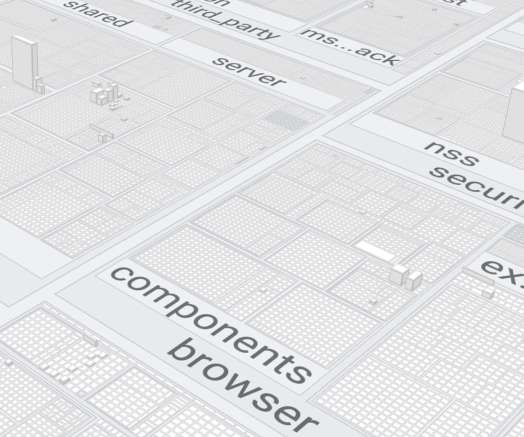Friction
LeanEssays
AUGUST 19, 2015
Friction in the Customer Journey Think of friction as the cognitive overhead that a system places on those who use it. Nor is it true in many other locations, so I have learned to research the taxi systems in every city I visit. One third of the fuel that goes into a car is spent overcoming friction. More cognitive load.















Let's personalize your content